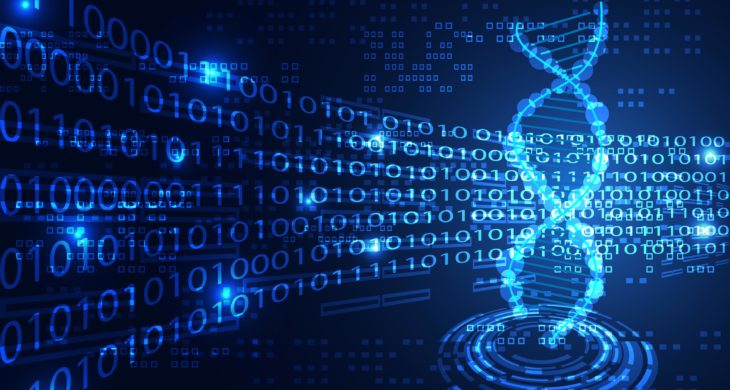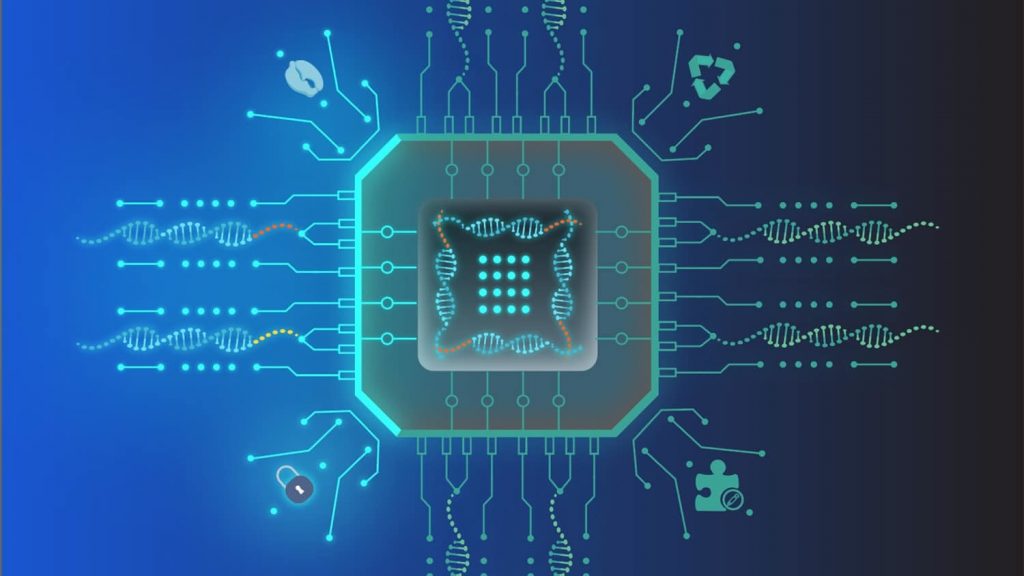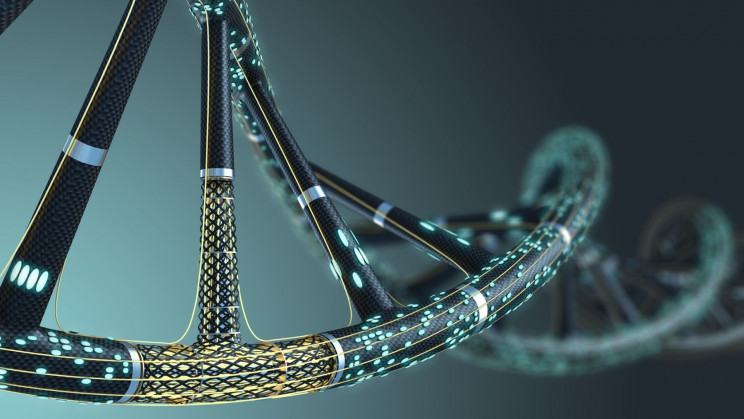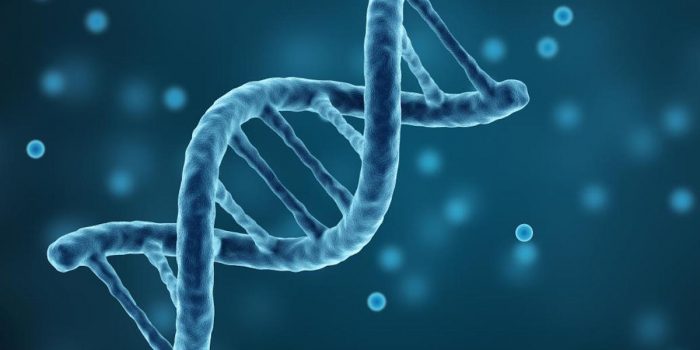Global data output will exceed 463 exabytes per day by 2025, according to the World Economic Forum. Our existing data storage systems, which necessitate massive amounts of energy and space, are finite, leaving us on the verge of a catastrophic data-storage dilemma. Since our genetic code is typically much more efficient at storing information than existing approaches, DNA-based data storage could be a viable replacement for hard drives.
Northwestern University researchers have introduced a novel approach for storing information to DNA that takes only a few minutes.

The team of researchers used a revolutionary enzyme approach to produce DNA that stores fast-evolving environmental cues directly into its sequences. This technique has the potential to transform the way scientists analyse and record brain neurons.
Scientists rely on multipart mechanisms that incorporate new information with existing DNA sequences to record intracellular molecular and digital data to DNA. This implies that for correct recording, they must activate and inhibit the expression of particular proteins for proper recording, which can take up to 10 hours.
The researchers projected that by utilising a new method known as “Time-sensitive Untemplated Recording using Tdt for Local Environmental Signals,” or TURTLES, they could accelerate the process. So instead of copying a DNA template, they would create an entirely new DNA. The procedure took only a few minutes to record the information into the genetic code.

“Nature is good at copying DNA, but we really wanted to be able to write DNA from scratch,” Keith E.J. Tyo, the paper’s senior author, said. “The ex vivo (outside the body) way to do this involves a slow, chemical synthesis. Our method is much cheaper to write information because the enzyme that synthesizes the DNA can be directly manipulated. State-of-the-art intracellular recordings are even slower because they require the mechanical steps of protein expression in response to signals, as opposed to our enzymes which are all expressed ahead of time and can continuously store information.”
This could be a viable approach for tackling the rapid expansion in data storage requirements while advancing brain research. “This is a really exciting proof of concept for methods that could one day lets us study the interactions between millions of cells simultaneously,” said Namita Bhan, study’s co-author.

“If you look at how current technology scales over time, it could be decades before we can even record an entire cockroach brain simultaneously with existing technologies—let alone the tens of billions of neurons in human brains,” said co-author Alec Callisto. “So that’s something we’d really like to accelerate.”
Currently, the researchers are progressing towards the genomic infrastructure and cellular techniques needed for reliable intracellular recording, and they believe that other engineers will keenly employ the method to capture signals for their own study.


